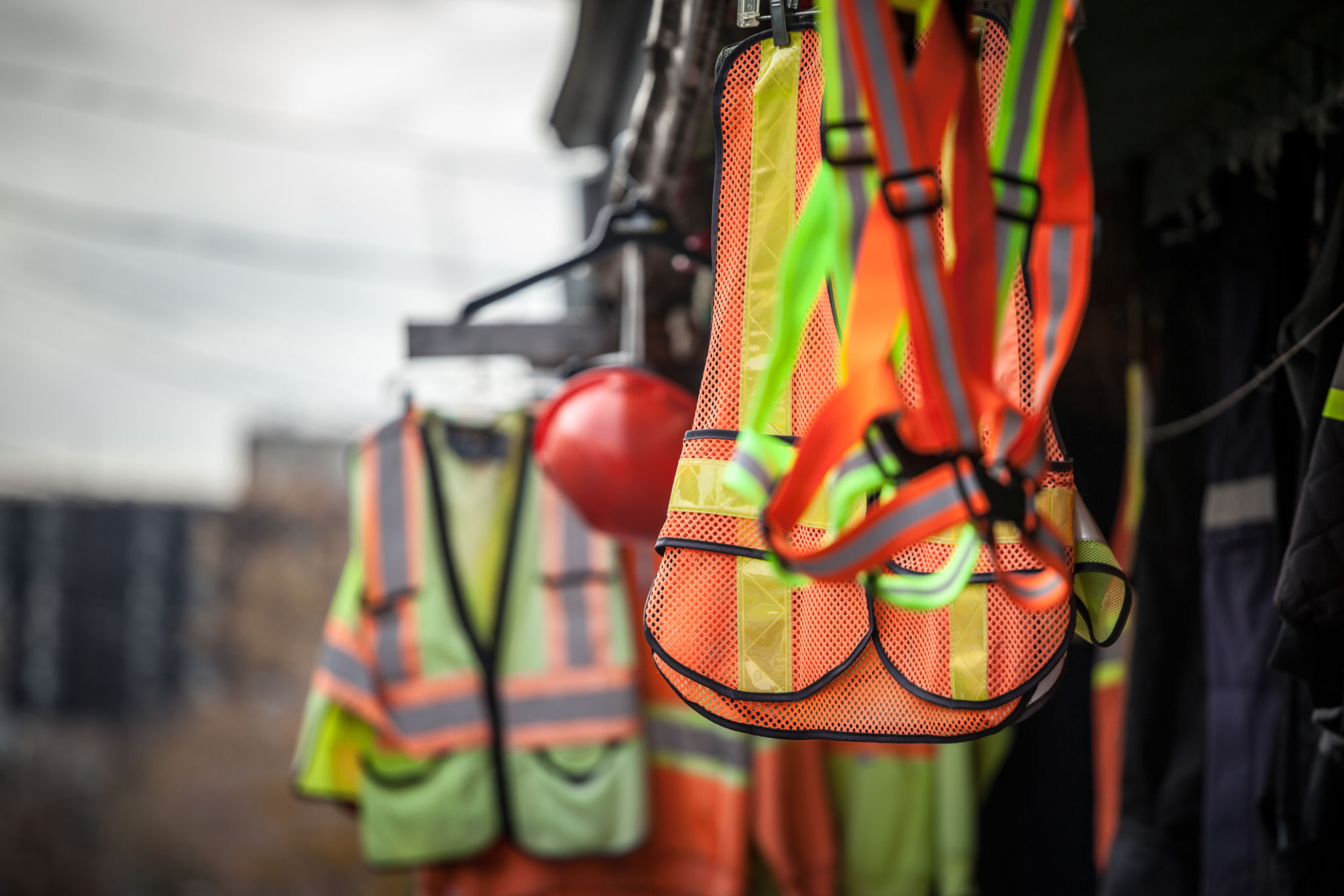Residential Scaffolding in South Australia: A Homeowner's Guide
Understanding Residential Scaffolding
When planning a home renovation or construction project in South Australia, ensuring that the work is done safely and efficiently is paramount. One crucial element that significantly contributes to both these aspects is the use of residential scaffolding. Scaffolding provides a stable platform for workers and tools, allowing tasks to be executed at various heights without compromising safety.

Why Scaffolding Is Essential for Home Projects
Many homeowners might underestimate the importance of scaffolding, especially for smaller projects. However, whether it's repainting the exterior of your house, repairing the roof, or installing solar panels, scaffolding ensures that the work is carried out securely. It minimizes the risk of falls, which are one of the most common accidents in construction. Additionally, it provides workers with easy access to hard-to-reach areas, improving efficiency and quality of work.
Key Components of Residential Scaffolding
Understanding the components of scaffolding can help homeowners make informed decisions. The primary elements include:
- Standards: Vertical tubes that transfer the entire weight of the structure to the ground.
- Ledgers: Horizontal tubes that connect standards, providing lateral support.
- Transoms: Horizontal tubes placed at right angles to ledgers, supporting the boards and ensuring stability.

Choosing the Right Scaffolding for Your Home
Residential scaffolding comes in different types, each suited for specific projects. For instance, single scaffolding is commonly used for bricklaying, while double scaffolding is ideal for stone masonry due to its additional support. It's essential to assess your project's requirements and consult with professionals to select the most suitable type of scaffolding.
Regulations and Safety Standards
In South Australia, there are strict regulations governing the use of scaffolding. Adhering to these standards is not just a legal obligation but a safety necessity. The South Australian Work Health and Safety Act mandates the safe erection, use, and dismantling of scaffolding. Homeowners should ensure that the scaffolding contractors they hire are compliant with these regulations and possess adequate insurance coverage.

Hiring Professional Scaffolding Services
While it might be tempting to undertake scaffolding as a DIY project, hiring professional services ensures that the task is done correctly and safely. Experienced scaffolders not only bring expertise but also provide all necessary equipment and adhere to safety protocols. This reduces risks and often results in cost savings in the long run by preventing accidents and project delays.
Maintaining Scaffolding During Your Project
Once erected, maintaining scaffolding throughout the project is critical. Regular inspections should be conducted to check for any signs of wear or instability. If any issues are detected, they should be addressed immediately by qualified professionals to prevent accidents.
Concluding Thoughts on Residential Scaffolding
Residential scaffolding is an integral part of any construction or renovation project in South Australia. By understanding its components, adhering to regulations, and hiring professional services, homeowners can ensure a safe and efficient working environment. This not only protects workers but also contributes to the successful completion of home improvement projects.
